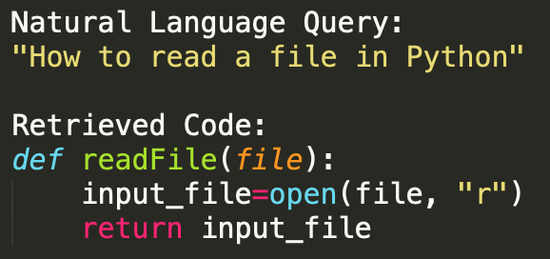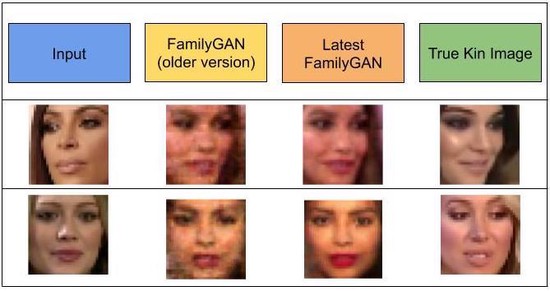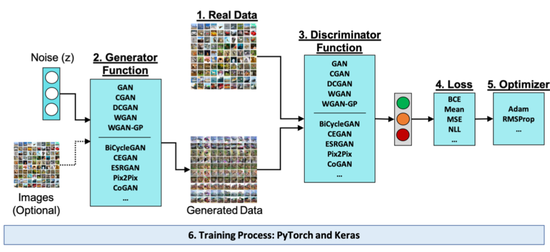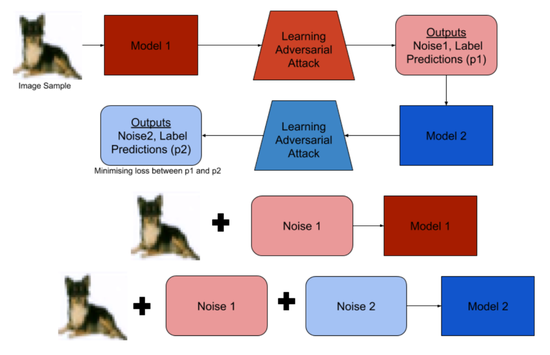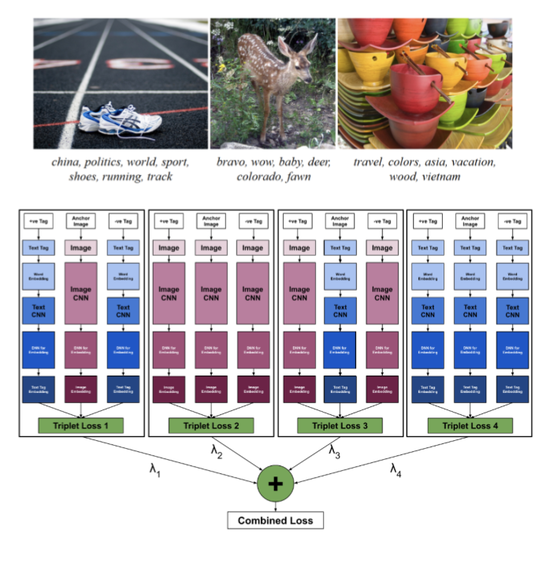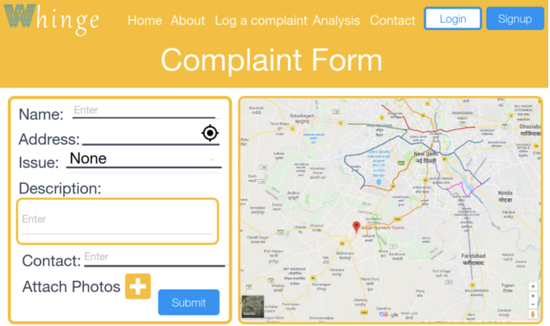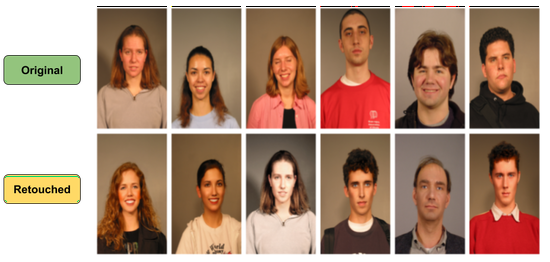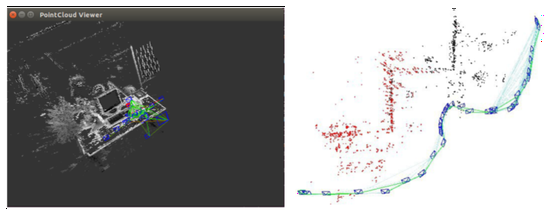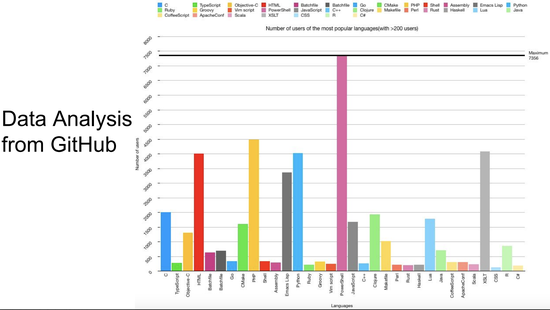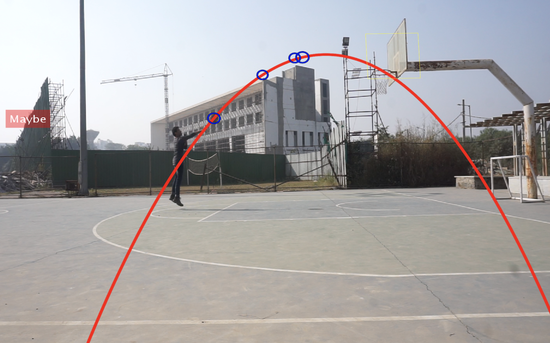Raunak Sinha
Staff Research Engineer, Artificial Intelligence
IBM Research
Hey!
I am an ardent researcher interested in exploring and developing machine learning for computer vision, computational sustainability, and natural language understanding.
I am currently working on utilizing machine learning to jointly understand the semantics of programming languages and natural languages, making it easy to comprehend code. I am also working on recommending microservice partitions for a given piece of code for application modernization.
Previously I have worked on using machine learning to capture facial features to generate images of family members. I have also developed an open-source toolkit for freely experimenting and interacting with Generative Adversarial Networks in a code-less fashion.
Interests
- Machine Learning
- Computer Vision
- Artificial Intelligence
- Natural Langauge Processing
- Computational Sustainibility
Education
-
BTech Computer Science and Engineering, 2019
Indraprastha Institute of Information Technology, Delhi
